Spotlight: Sherry Shroff
Meet model-turned-blogger-turned-YouTuber Sherry Shroff. Warm and bubbly, her #awesomesauce lies in her authenticity and genuine love for what she does. If you have caught even the slightest glimpse of her channel, you know exactly what I mean. From how to grow and sustain a channel to how she handles hate, she spoke to HHC about it all. Excerpts from a chat:
Before we begin, can we take a minute to trace the history of hashtag awesomesauce?
I don’t remember where I saw it for the first time and I don’t claim to have invented it but it was one of those things that caught my eye in the digital boom. You know how some words just catch on? This one stayed with me because it’s pretty much the summary of my thought process: life is great and everything is amazing. Somewhere down the line, people began identifying #awesomesauce with me because I say it a lot. Let’s just say I am a big repeater of words!

How did you discover the world of video?
It all started when I was modeling. Friends started asking me for fashion and beauty advice so I began writing a blog. It was the thing to do and I enjoyed fashion but I had no intention to monetize it. Soon after, I realized that a blog would never be my strength. I was a terrible writer, my spellings were atrocious and it used to take me a whole day to write one post! I remember asking myself: Why am I writing this if I can’t write?
Around the same time, I was approached by a network for a video blogging format and I took it up as just as another modeling assignment. After about 9-10 months, I took a leap of faith and decided to start my own channel. I shot my first video on my webcam at a hotel in Rajasthan and that video is still on my channel!
What is the secret ingredient in your #awesomesauce?
I have only one secret: Content is king. It’s cliche, but also true. You can buy as many followers as you like, but if your content is not good, you won’t grow. I’m also a big fan of keeping things organic, that’s the only way to sustain yourself.
I feel lucky to have my own channel. I wake up thinking about content to create. I don’t have a bank of videos and I don’t schedule anything. I don’t think of fancy brand collaborations or how many subscribers I want in five years. For me, it’s never been about numbers. At the end of the day, as a blogger or YouTuber, you are your viewership. So don’t be fake, stay organic, focus on the content and that’s the secret to #awesomesauce!
And lastly, how do you deal with hate?
It’s part of the process. You have to realize and acknowledge that you can’t please everyone. I am a people pleaser by nature. I respond to people even if they are being obnoxious. If anyone is abusive, I delete, block and report but only after letting them know that it won’t be tolerated on my channel. I don’t want to give that person the satisfaction of trying to bully me. Today it’s me, tomorrow it’s going to be a young 14-year-old creator who doesn’t know how to defend himself or herself.
Often, people don’t know if they are being rude or constructive. Haters think that if you are putting yourself out there, you better listen to them. There are no filters on the internet so it’s very easy to throw shade on someone with just a random name and email or picture. I think it’s important to take criticism constructively, but it’s more important not to be affected by the voices.
Images via Sherry’s Instagram. Check out her channel here.
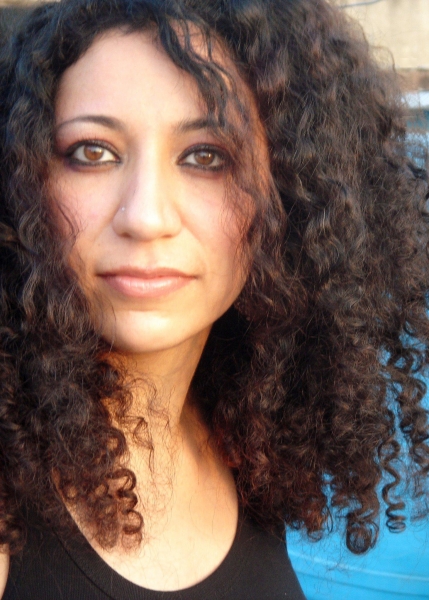
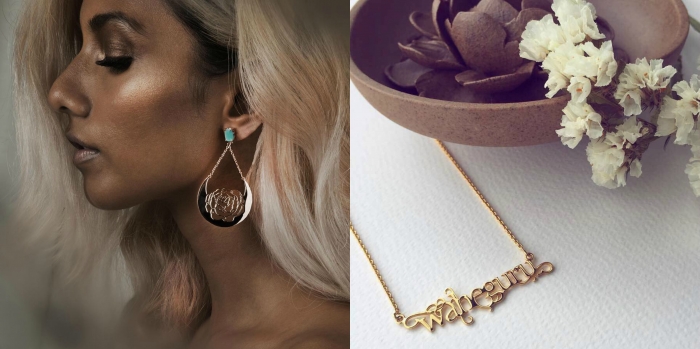
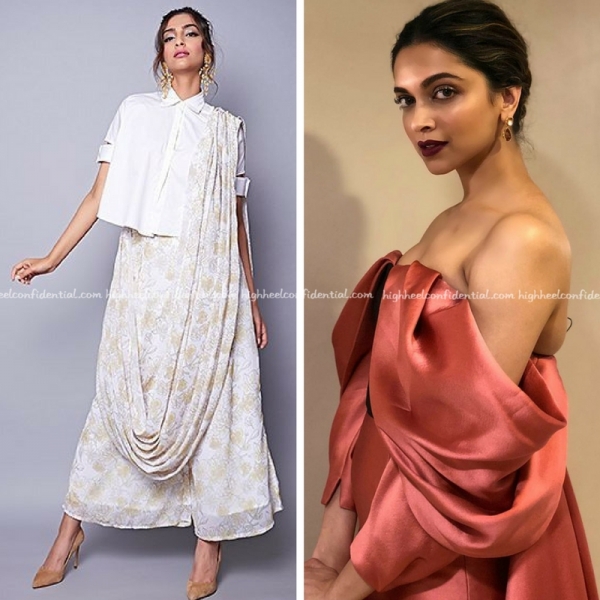
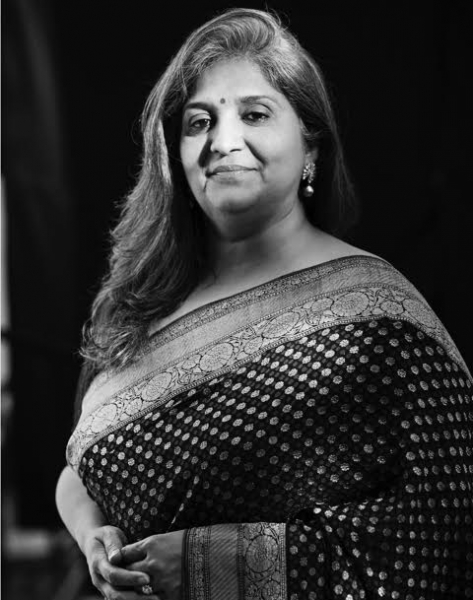
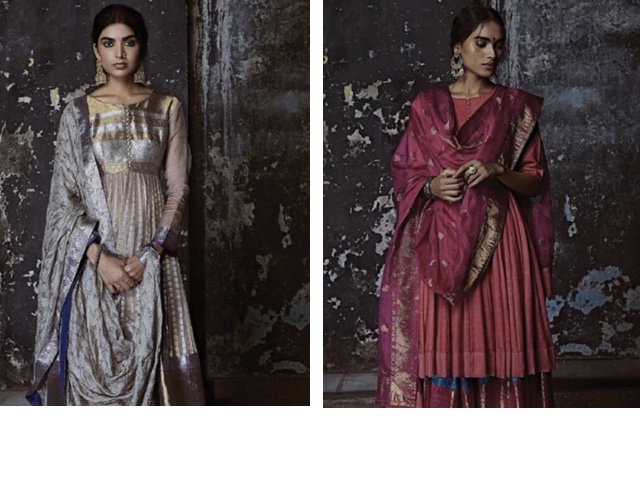 Having worked with weavers for more than two decades, what are some learnings?
Having worked with weavers for more than two decades, what are some learnings?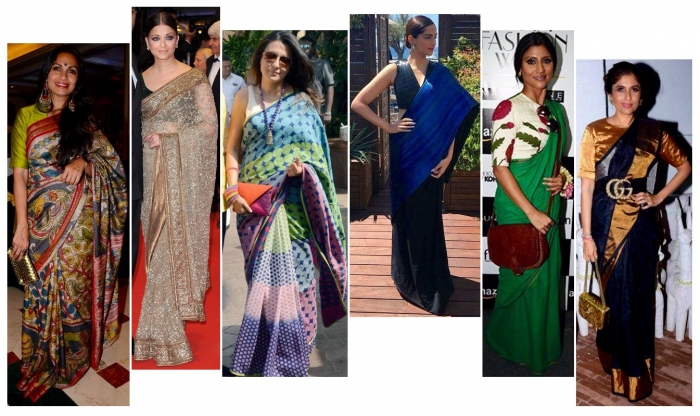
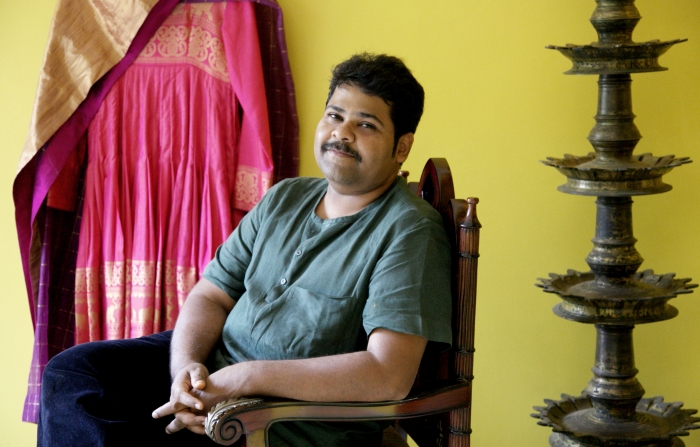
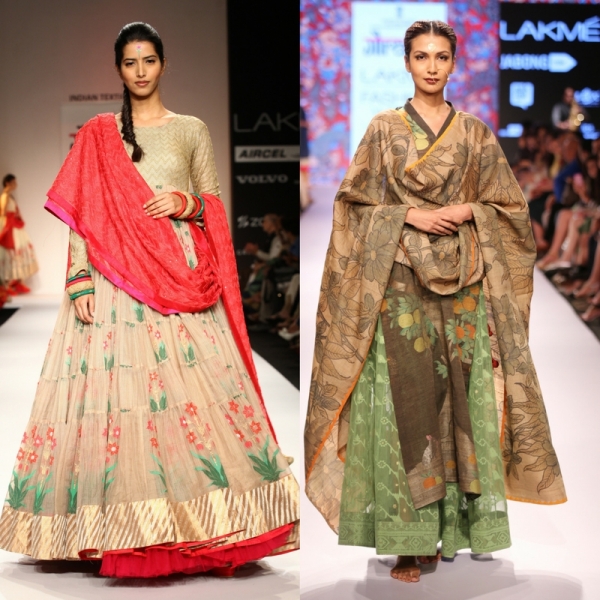

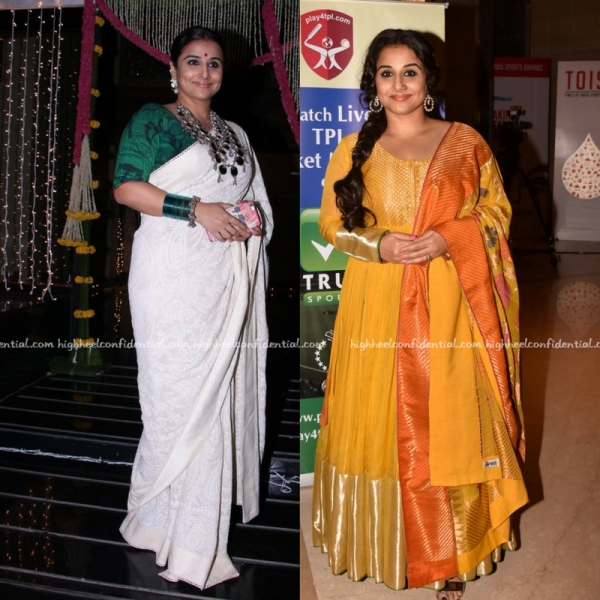 Did you ever imagine your label to experience this mainstream success and how important is it to have a celebrity like Vidya Balan patronize the brand?
Did you ever imagine your label to experience this mainstream success and how important is it to have a celebrity like Vidya Balan patronize the brand?